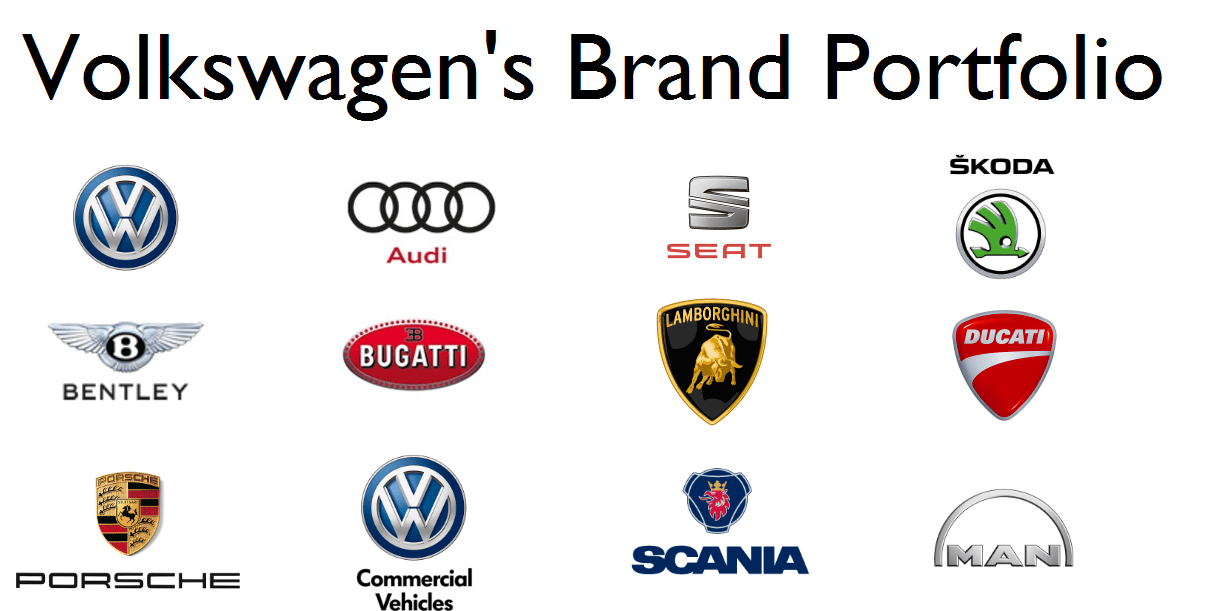China's Automotive Landscape: A Strategic Analysis For Brands Like BMW And Porsche

Table of Contents
The Rise of Domestic Brands and EV Adoption
The Growing Power of Chinese Automakers
The rapid growth and technological advancements of Chinese automakers like BYD, NIO, and Xpeng are undeniable. These brands are rapidly increasing their market share, fueled by competitive pricing and innovative technology.
- Successful Strategies: Domestic brands have successfully leveraged aggressive marketing campaigns targeting younger demographics, focusing on features appealing to tech-savvy consumers, and building extensive charging networks. Their understanding of the local market and consumer preferences gives them a significant advantage.
- Technological Innovations: Chinese manufacturers are making significant strides in battery technology, developing advanced battery chemistries and improving energy density. They are also rapidly advancing autonomous driving features and connected car solutions, often surpassing international competitors in certain areas. This includes integration with popular Chinese apps and services.
- Impact on International Brands: The rise of domestic brands forces international premium automakers to reassess their strategies. They need to innovate faster, offer competitive pricing, and tailor their offerings to the specific needs and preferences of Chinese consumers. A simple transplant of existing models is no longer sufficient.
The Electrification Revolution in China
China is experiencing a surge in electric vehicle (EV) adoption, driven by a confluence of factors. Government support, evolving consumer preferences, and growing charging infrastructure are all key contributors.
- Government Incentives: The Chinese government has implemented significant subsidies and tax breaks to encourage EV adoption, making them more affordable for consumers. Stricter emission regulations are also pushing the market towards electrification.
- Consumer Demand: Chinese consumers are increasingly environmentally conscious and attracted to the advanced technology and performance of EVs. Factors such as government incentives, reduced running costs, and a growing sense of social responsibility are driving demand.
- Charging Infrastructure: While challenges remain, China is investing heavily in building out its charging infrastructure. This includes a vast network of public charging stations and home charging solutions, making it increasingly convenient for consumers to own and operate EVs.
Luxury Segment Dynamics and Consumer Preferences
The Evolving Chinese Luxury Consumer
The Chinese luxury car buyer is unique. Understanding their preferences is crucial for success in this segment. They are increasingly sophisticated, discerning, and tech-savvy, demanding personalized experiences and top-tier services.
- Brand Image and Prestige: While price is a factor, brand image and prestige remain paramount for Chinese luxury car buyers. They seek brands that reflect their social status and aspirations.
- Social Media and Digital Marketing: Social media plays a powerful role in shaping perceptions and influencing purchasing decisions. Luxury brands need a strong online presence and targeted digital marketing strategies to reach this audience. KOL (Key Opinion Leader) marketing is particularly effective.
- Customized Experiences: The demand for personalized experiences is growing. Luxury automakers need to offer tailored options, bespoke services, and exclusive events to cater to this desire for individuality.
Competition and Differentiation in the Premium Segment
The luxury segment in China is fiercely competitive. BMW, Porsche, and other premium brands must employ strategic differentiation tactics to maintain their market position.
- Localization Strategies: Adapting models and marketing campaigns to reflect Chinese cultural nuances and preferences is vital. This might involve offering unique features or trim levels catering to the specific tastes of the Chinese market.
- After-Sales Service and Customer Experience: Excellent after-sales service and a superior customer experience are key to building brand loyalty. Providing prompt, efficient, and personalized service is essential.
- Technology and Innovation: Technology and innovation serve as crucial differentiators. Premium brands must showcase cutting-edge features, autonomous driving capabilities, and connected car services to appeal to tech-savvy Chinese consumers.
Navigating Regulatory Hurdles and Market Access
Understanding China's Automotive Regulations
Navigating the Chinese regulatory environment is complex. Foreign automakers face challenges related to import tariffs, emission standards, and safety regulations.
- Regulatory Complexities: The regulatory landscape is constantly evolving, requiring brands to stay informed and adapt accordingly. Compliance is crucial to avoid penalties and delays.
- Impact on Product Development: New regulations significantly influence product development strategies. Brands must design and engineer vehicles that meet the latest emission standards and safety requirements.
- Trade Policies and International Relations: International trade policies and geopolitical considerations can impact market access and profitability. Brands need to carefully monitor these factors.
Joint Ventures and Market Entry Strategies
Various strategies exist for accessing the Chinese market, each with its own advantages and disadvantages.
- Market Entry Strategies: Options include establishing joint ventures with local partners, setting up wholly-owned subsidiaries, or forming strategic alliances.
- Partner Selection and Collaboration: Choosing the right partners is crucial for success. Effective management of collaborations and knowledge transfer are essential.
- Long-Term Implications: Each strategy has long-term implications for market share, control, and profitability. A well-defined strategy is essential for long-term sustainability.
Conclusion
China's automotive market presents a dynamic and complex environment. Success requires a nuanced understanding of rising domestic competition, the rapid shift towards electric vehicles, evolving consumer preferences, and the intricacies of the regulatory landscape. By adopting a strategic approach that prioritizes localization, technological innovation, and customer-centric strategies, premium brands like BMW and Porsche can thrive. To succeed in this crucial market, further research into China's automotive market trends and dynamics is essential. Develop a robust strategy tailored to the unique opportunities and challenges this dynamic market presents. Don't just observe the growth of China's automotive market – actively participate and shape its future.

Featured Posts
-
 House Of Kong Exhibition Gorillaz Take Over Londons Copper Box Arena This Summer
May 30, 2025
House Of Kong Exhibition Gorillaz Take Over Londons Copper Box Arena This Summer
May 30, 2025 -
 Sundae Servings A Bolton Fm Radio Show With Jayne Hinton
May 30, 2025
Sundae Servings A Bolton Fm Radio Show With Jayne Hinton
May 30, 2025 -
 Getting Tickets To A Gorillaz Full Album Concert In London
May 30, 2025
Getting Tickets To A Gorillaz Full Album Concert In London
May 30, 2025 -
 Agassi Rios Uno De Mis Mayores Rivales En El Tenis
May 30, 2025
Agassi Rios Uno De Mis Mayores Rivales En El Tenis
May 30, 2025 -
 Confirmed Bts Recording New Music This Summer Exclusive Details
May 30, 2025
Confirmed Bts Recording New Music This Summer Exclusive Details
May 30, 2025
Latest Posts
-
 Meteorologist Tom Atkins Bi Annual Skywarn Spotter Training
May 31, 2025
Meteorologist Tom Atkins Bi Annual Skywarn Spotter Training
May 31, 2025 -
 Become A Skywarn Spotter Spring Training With Meteorologist Atkins
May 31, 2025
Become A Skywarn Spotter Spring Training With Meteorologist Atkins
May 31, 2025 -
 Guardians Opening Day Weather Analyzing The Past To Predict The Future
May 31, 2025
Guardians Opening Day Weather Analyzing The Past To Predict The Future
May 31, 2025 -
 Skywarn Spring Class Dates And Registration With Tom Atkins
May 31, 2025
Skywarn Spring Class Dates And Registration With Tom Atkins
May 31, 2025 -
 Part Time Opportunity For Former Fox19 Meteorologist In Cleveland
May 31, 2025
Part Time Opportunity For Former Fox19 Meteorologist In Cleveland
May 31, 2025
